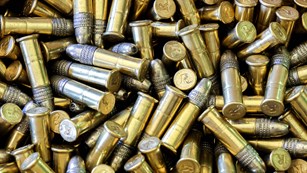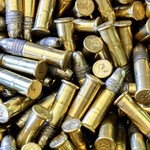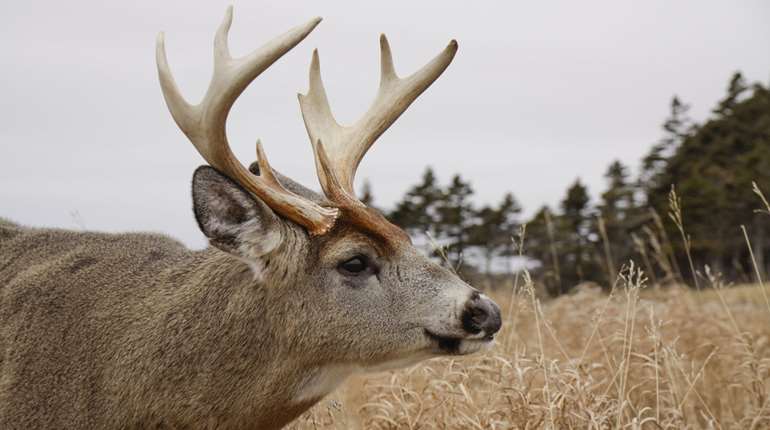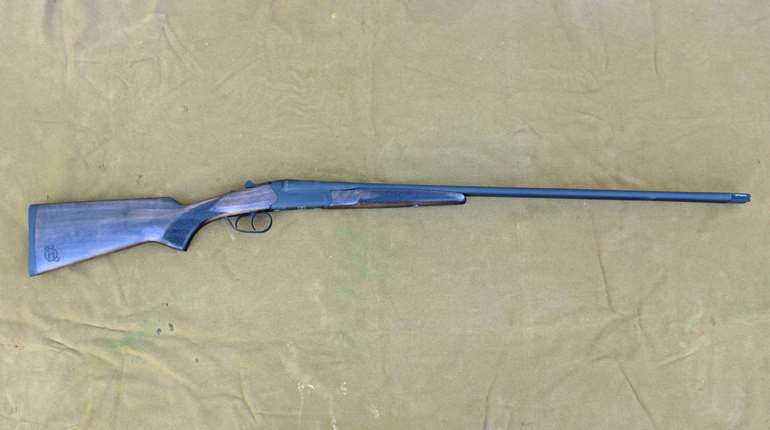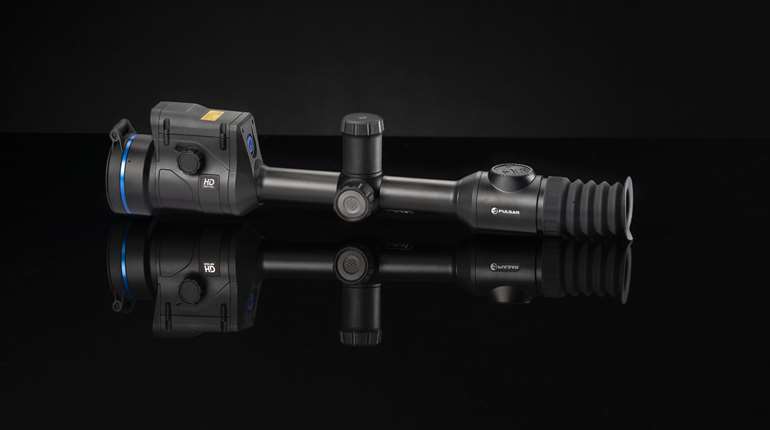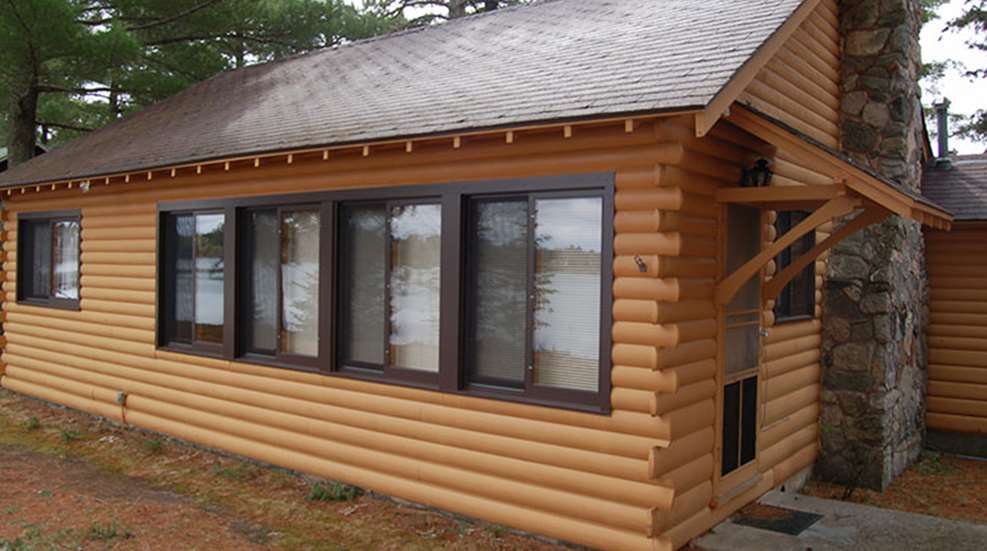
I know a lot of guys with cabins. The cabin is their escape from carpool reality. It’s their manly sanctuary built with an ax. Cabins have unadorned, austere logs for walls and the ones worthwhile are on the fringes, if not deep within, a wilderness. A cabin—not an ice sculpture—is what Superman should have had to reflect in at the North Pole. A cabin is a retreat from modern digital-world annoyances where a hunter can hang a gun on wooden pegs over a fireplace glowing red with a wood fire and pretend it’s 1880. A cabin is where folks can go to on cold November evenings after a day in a duck blind or deer stand to turn what they shot or missed into tall tales with pals.
A cabin, though, is also a lot like a boat or a horse in that it robs both time and money. So much time and money I haven’t bought or built my own cabin. Maybe you haven’t either. Well then, here’s how to get your own cabin in the Appalachians or the Rockies or Alaska for as little as $20 a night.
Forest Service Cabins for Rent
The Forest Service and many state land agencies rent cabins. Many were once ranger stations. Some were built by loggers or miners and were abandoned and assumed by a public-land agency. Some of them are recognized as historic landmarks. The “Roberts Cabin” in Colorado, for example, is one of the recognized historic cabins in Pike and San Isabel national forests. It had been used as a residence, a blacksmith’s shop and as stables dating back to the 1880s. You can stay there for $50 a night.
Finding a cabin to elk hunt out of in Colorado or Montana or to hunt Sitka blacktail deer from in Alaska is easy. The Forest Service, and other land agencies, list them by name and location. Many of the cabins they have for rent have photos of them so you can see what you’re getting into. They also have explanations of how many people they sleep, if they have running water and info about their heating source. Many have fireplaces. Some have oil stoves. Most have simple outhouses, but some have plumbing. Rent varies from $20 to more than $100 a night, but most are priced at around $35 a night.
The Indian Flats Cabin, located 40 miles north of Helena, Mont., in the Big Belt Mountains, is a good example. It began “as the Conway Station on Rock Creek in the Jim Ball Basin. This station was used as a way-station for rangers headquartered at the Checkerboard Ranger Station located above the town of Nelson.” If you’re not a resident of Montana, you’ll need to apply for big-game tags and fulfill all the other legal requirements you normally would, but this and many other public-land cabins can give you a throwback, and comfortable, place to put up your feet after a day in the forest.
Many of the cabins listed by the Forest Service contain detailed recreation possibilities that are available right out the cabin door. For example, the Forest Service notes that places like the Allan Point Cabin and the Fred’s Point Cabin near Sitka are in good deer-hunting areas. Both of those cabins are two-story units that rent for $35 a night. Renting them is as easy as calling a number provided or logging on to recreation.gov and booking through the website. Some of the Alaska cabins, however, require you to hire an air taxi (a plane) to get to them.
Some Alaska cabins are in areas made for fishing. A few are even located near known brown bear salmon-fishing sites on streams. Some photographers rent these to view and photograph bears—a few actually come with photographer huts near the water. Actually, the public-land cabins vary from extremely rustic 19th-century trapper’s cabins to plush, modern buildings to the Jersey Jim Firelook Tower in Colorado’s San Juan Mountains. This fire tower is a “one-room tower cab that includes the original furniture, propane heating and lighting. However, there is no electricity or running water.” Of course, you wouldn’t expect running water in a fire tower; what you get is a 360-degree view of the mountains.
With all of these cabins—and there are hundreds—it’s hunter beware. Call and talk to local Forest Service or other land-agency personnel to see if there is hunting available and what game unit the cabin is located in so that you can apply for or buy the appropriate licenses and tags and find the game you’re after.
State-Land Agency Cabins and Camps
I’ve hunted deer and grouse from campsites along New York’s Stillwater Reservoir, located in the western Adirondacks. You simply show up, pick an available site, sign in with the ranger and put your canoe in and paddle there. Most sites have lean-tos with fire rings and firewood. This is a rustic option. A lot of states offer cabins and other accommodations. Virginia, for example, has cabins for rent in the Shenandoah Valley and on other public lands.
Michigan state parks and recreation areas also have cabins for rent. These are managed by the state’s Department of Natural Resources. Lodges, cabins and mini-cabins (“yurts”) are offered. Michigan’s cabins—like most of these opportunities—are all unique. They vary in size, age, amenities and design. Costs vary, too, depending on each lodge’s location and accommodations. Michigan’s lodge at Grand Haven State Park, for example, is a 1,600-square-foot cabin that sleeps eight and has two bathrooms. It rents for $210 a night, $225 a night on weekends; whereas its lodge at Hoeft State Park, which has three bedrooms and sleeps eight, is a 1920s-style Sears and Roebuck catalog home that rents for $130 a night. Also, rustic cabins, which sleep anywhere from two to 20 people, are available at 20 Michigan parks and recreation areas, from Porcupine Mountains Wilderness State Park to Waterloo Recreation Area. Rental rates vary for rustic cabins from $49 to $86 a night.
There are too many opportunities to list in this article. Call state game agencies and you will find a lot of dream cabins that won’t cost you in upkeep and headaches.




